Washdown processes are common in the food and beverage and pharmaceutical industries, where cleanliness of the manufacturing and handling equipment plays an important role in the quality and safety of the product. In fact, the US Food and Drug Administration (FDA) and the European Hygienic Engineering and Design Group (EHEDG), along with other government and industry-specific agencies, provide regulations and standards for the safe and hygienic processing, handling, and packaging of food, beverage, and pharmaceutical products. However, these standards often address overall machine or process design and leave the choice of individual components, such as bearings, motors, and gearboxes, up to the equipment designer and manufacturer.
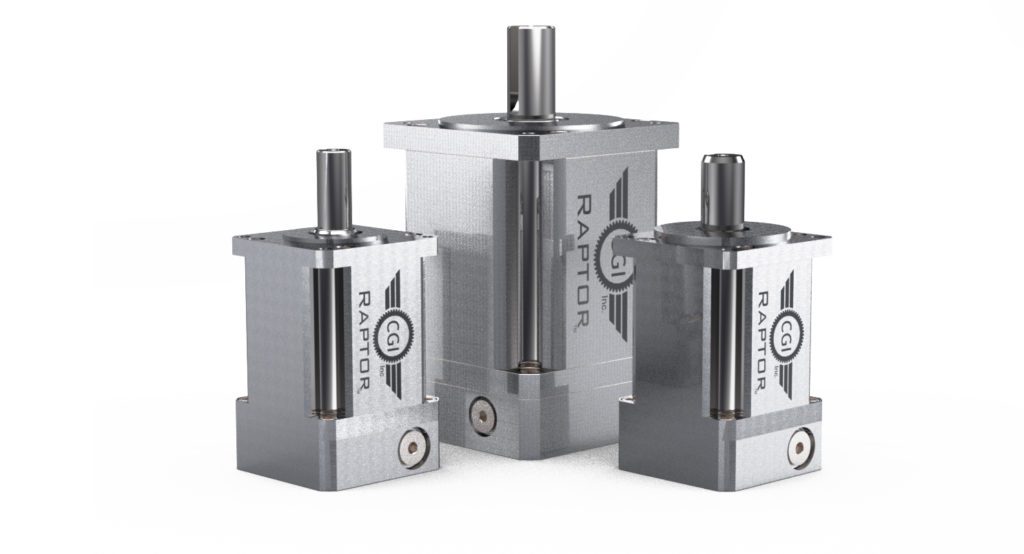
Washdown applications introduce two significant hazards to the performance and life of a gearbox. The first being that the washdown solution could make its way inside the gearbox and damage the internal gears and bearings, and the second being the possibility of corrosion due to exposure to water and chemicals — specifically alkalines, chlorine, and acids.
Fortunately, gearbox manufacturers have found ways to address these hazards, and it’s now common to see “washdown” and “hygienic” designs among gearbox manufacturers’ standard offerings. But what features make a gearbox suitable for washdown or hygienic applications?
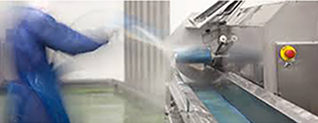
Image credit: Kollmorgen
Gearbox materials for washdown
First and foremost, the materials used for the housing and other external components, such as the output shaft and hardware, are critical to making a gearbox suitable for washdown duty. While some equipment manufacturers choose to use gearboxes with epoxy painted housings for washdown applications, these can chip and need to be repainted periodically. In most cases, stainless steel is a better alternative than painted options.
Both 304 and 316 series stainless are suitable for washdown and hygienic applications, although 316 has better resistance against pitting, especially when exposed to the caustic chemicals found in many washdown solutions. However, the use of stainless steel presents a higher up-front cost than painted designs, and 316 series stainless even more so than 304. To mitigate the cost, some manufacturers use 316 stainless for the housing and 304 stainless for other components with less exposure (such as shafts and some hardware).
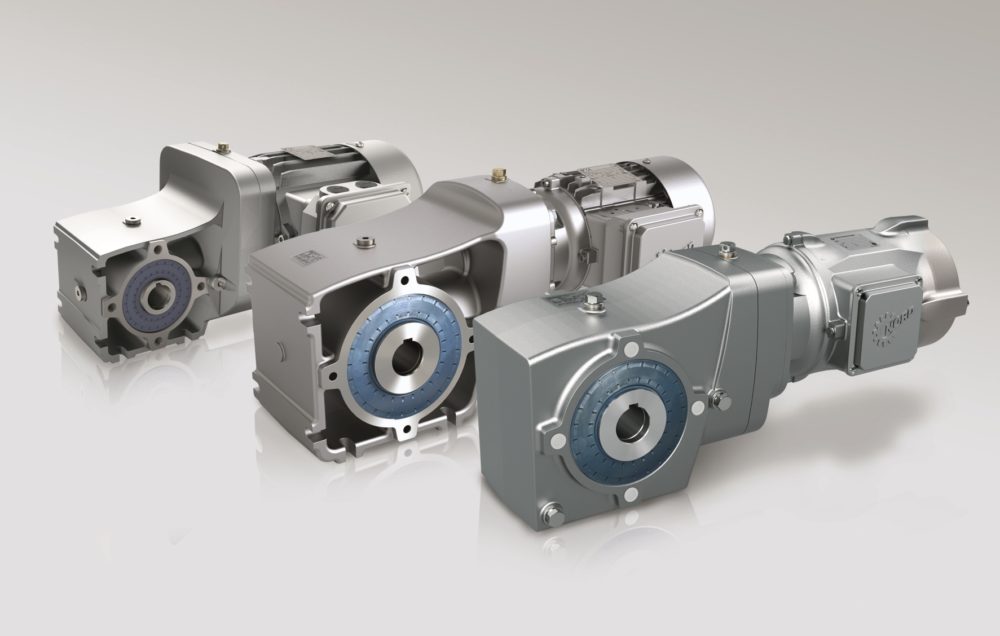
Geometry to maximize gearbox cleanability
Another important design aspect of washdown or hygienic gearboxes is their shape. The purpose of washdown is to clean the equipment and prevent bacteria from growing, but if the gearbox has crevices, seams, or grooves where particles can be trapped, thorough cleaning will be difficult or even ineffective. This is why many gearboxes designed for these applications have a round housing with smooth surfaces and no external seams. And if corners are necessary in the design, they’re executed with a radius rather than sharp angles.
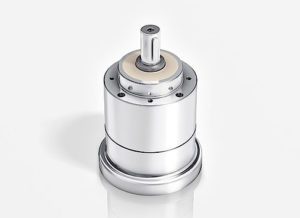
Image credit: Wittenstein
Gearbox lubrication and seals
In the ideal world, lubrication would never make its way out of the gearbox and into the process, but in the real world, it can (and does) happen. To prepare for this possibility, applications that pose the risk of incidental contact with the product should be lubricated with NSF H1 food-grade grease or oil.
The primary task of gearbox seals is to keep lubrication inside the gearbox (see above) and keep liquids and contamination out. Washdown conditions make this especially difficult, since the seals must withstand the high pressure of the washing operation and be impervious to harsh chemicals. This is why it’s common to find gaskets or o-rings on the input side of the gearbox and two-part seals on the output shaft. Most gearboxes for washdown and hygienic applications use seals made of Viton, due to its broad chemical compatibility, ability to withstand high temperatures, and excellent mechanical properties.
Note: The most common system used to classify a product’s washdown compatibility is the IP rating, which is published by the International Electrotechnical Commission (IEC). (IP stands for International Protection, but is sometimes referred to as Ingress Protection). IP ratings that convey suitability for washdown are:
- IP65: protection against water jets
- IP66: protection against powerful water jets
- IP67: protection against immersion, up to 1 meter
- IP69k: protection against powerful, high-temperature water jets
The National Electrical Manufacturers Association (NEMA) has also developed and published protection ratings, but NEMA ratings are used almost exclusively in the US, while IP ratings are used internationally. It’s important to note that there is not a direct correlation between NEMA and IP ratings.
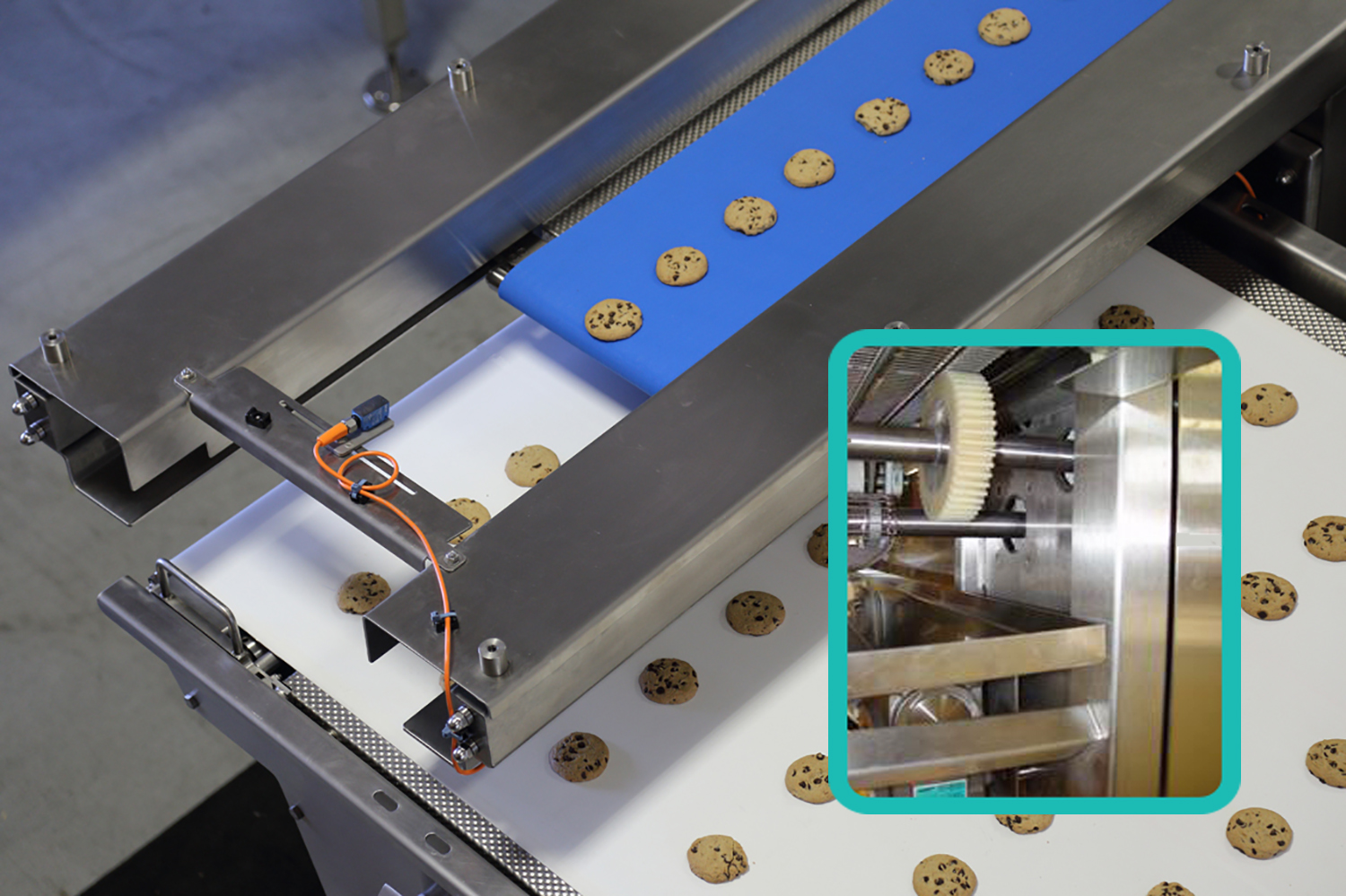

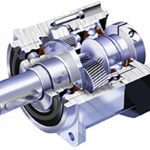

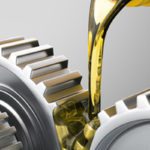

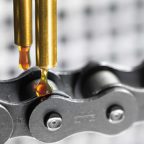

Leave a Reply
You must be logged in to post a comment.